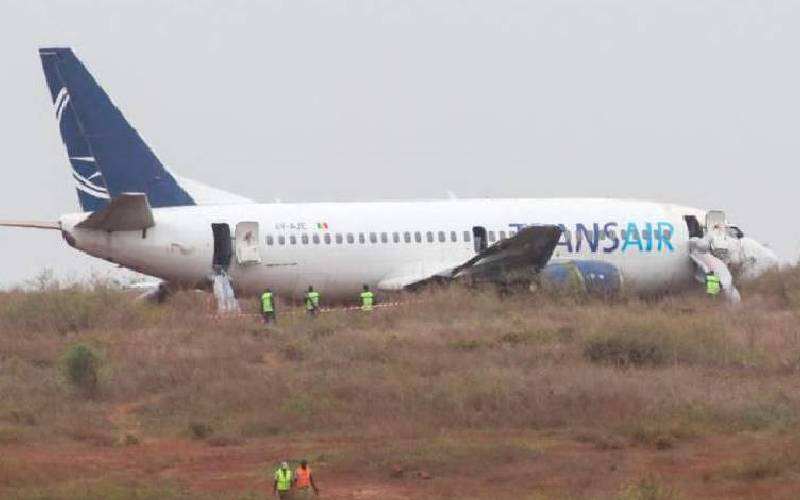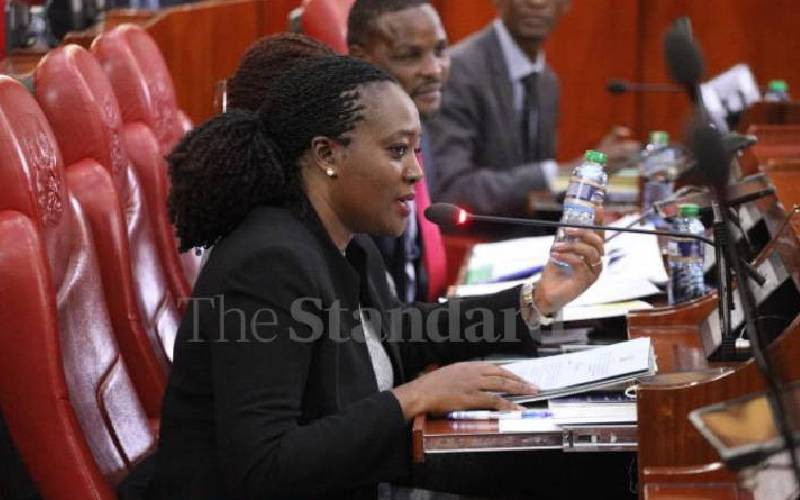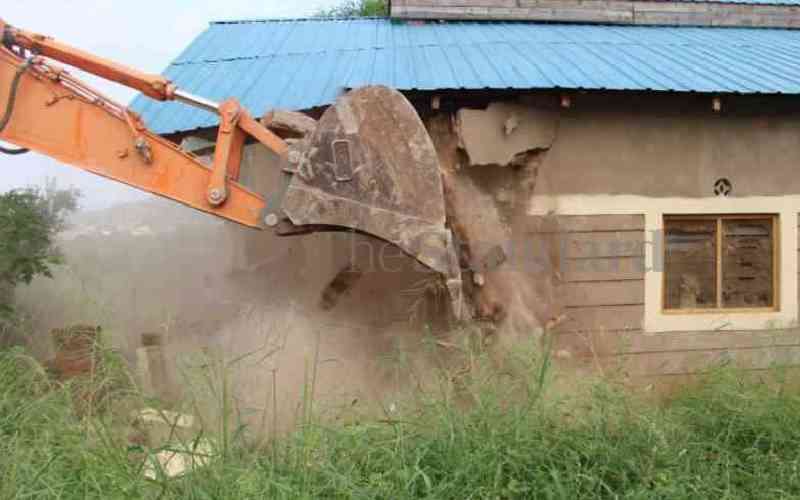When parents and guardians hand over their children to school, they believe they are in one of the safest places children can be. However, a stampede that left 14 pupils dead and scores of others injured take the stakeholders in the Education sector back to the drawing board in terms of the safety measures and disaster preparedness in schools and other learning institutions.
This sad event comes on the heels of a similar incident in September last year that left seven pupils dead and dozens injured when the wooden structure that housed their school came tumbling down at Precious Talent Top School in Dagoretti, Nairobi. After the incident, the government embarked on a move that saw several schools closed down for falling below the set safety standards for schools amid uproar from those who were affected. While all this was going on, there was no or little mention of the preparedness of the schools that passed the test in handling natural disasters and other emergencies.
According to the Safety Standards Manual for Schools, schools are currently facing threats that emanate from inappropriate school facilities and infrastructure, poorly constructed classrooms and playing grounds, insufficient and broken down toilets, gender insensitive location of toilets and bathroom facilities and inadequate and inappropriate desks and other furniture. In as much as the schools and the Ministry of Education have tried to put in place safety measures in line with this manual, the begging question is the preparedness of these institutions when the inevitable occurs.
Natural disasters and emergencies can happen at any time. When they happen, schools should be prepared to handle them safely and effectively in order to minimize the threat of damage to property and loss of life. This requires smart planning and preparation well in advance. Going by the recent disasters in schools, it is evident that there exists a big gap in understanding the importance and the need to train school administrators, teachers, parents, and students on disaster preparedness. It has been said that during emergencies, people don’t rise to the occasion; they sink to the level of their training.
While it is commendable to put emphasis on the physical security features, it would be futile if those if the Ministry of Education and those who design schools do not endeavor to train the users on the safety measures in the event of a disaster. It’s time the Ministry of Education puts in place a safety budget that will ensure those in schools are well trained on disaster preparedness and management. Schools should know how to respond to emergencies once they happen appropriately and the measures to put in place in order to recover as quickly and effectively as possible. They should be capacitated to timely assess natural disaster risks and other emergencies. Similarly, regular emergency specific drills need to be conducted regularly to ensure the buildings’ infrastructure and the school environment are up to date in the event of an emergency.
It would also be a good thing if schools identified possible relocation sites for students and staff in case of emergencies. Parents should also be given information on where they should go and be reunited with their children in the event of an emergency rather than them running up and down in search of their children, which could also expose them to more harm. On the other hand, students need to be trained on what to do if emergencies happen while they are in the class, dormitories, or playground. When students lack awareness and are less prepared in responding to emergencies, the panic that ensues in the event of an emergency can claim more casualties.
With the 100% transition policy, most public schools are witnessing an influx of students, some far beyond their carrying capacity. This calls for emergency plans that match the new school features in dealing with natural disasters and emergencies.
Otherwise, school safety will not only remain a human concern for every school and community but also a legal concern since individual schools can be held criminally liable if they fail to provide a safe and secure environment for their learners.
The writer is a commentator on Education issues. [email protected]
 The Standard Group Plc is a
multi-media organization with investments in media platforms spanning newspaper
print operations, television, radio broadcasting, digital and online services. The
Standard Group is recognized as a leading multi-media house in Kenya with a key
influence in matters of national and international interest.
The Standard Group Plc is a
multi-media organization with investments in media platforms spanning newspaper
print operations, television, radio broadcasting, digital and online services. The
Standard Group is recognized as a leading multi-media house in Kenya with a key
influence in matters of national and international interest.
 The Standard Group Plc is a
multi-media organization with investments in media platforms spanning newspaper
print operations, television, radio broadcasting, digital and online services. The
Standard Group is recognized as a leading multi-media house in Kenya with a key
influence in matters of national and international interest.
The Standard Group Plc is a
multi-media organization with investments in media platforms spanning newspaper
print operations, television, radio broadcasting, digital and online services. The
Standard Group is recognized as a leading multi-media house in Kenya with a key
influence in matters of national and international interest.








